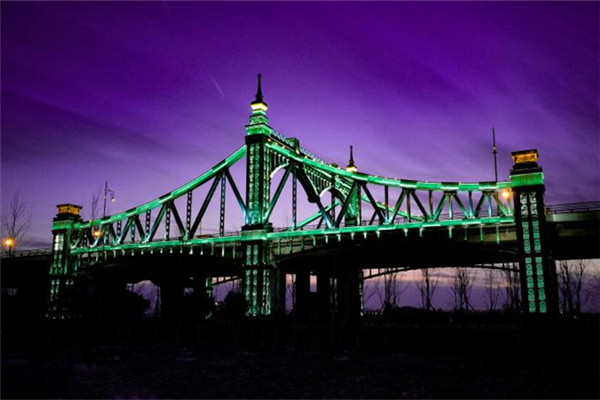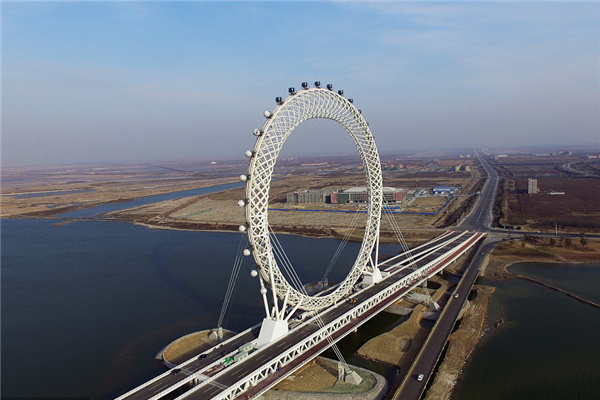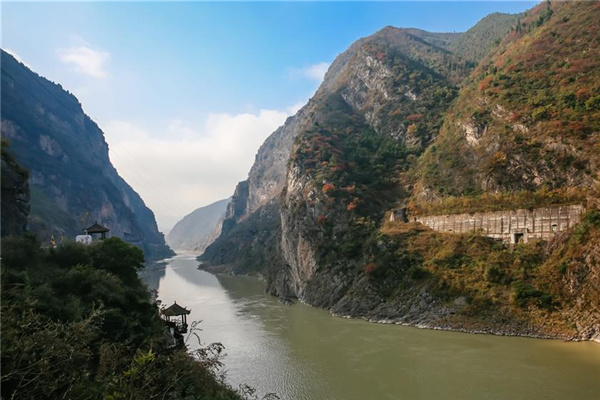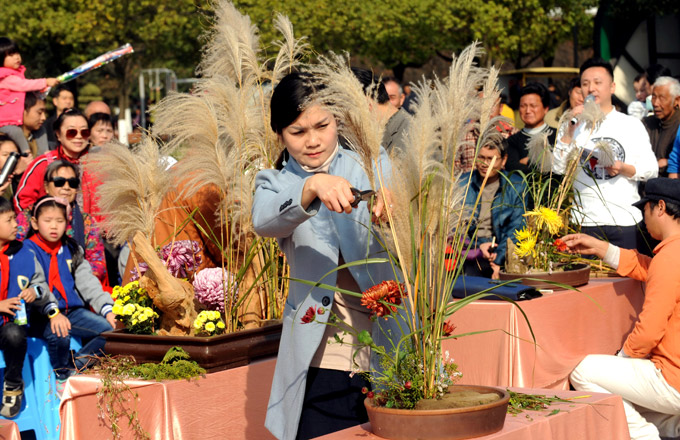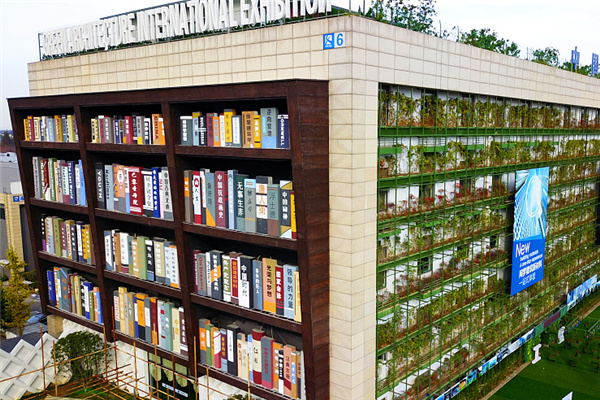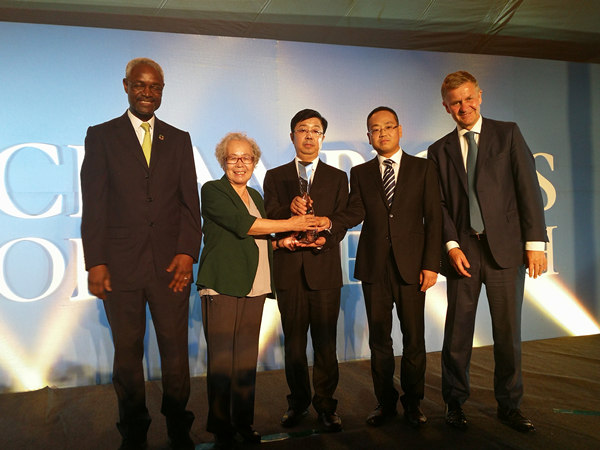

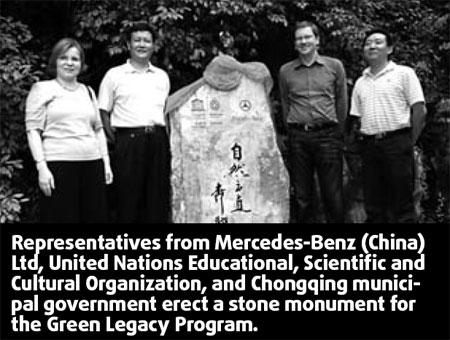
Preservation work at the South China Karst is seeing steady improvement following the Mercedes-Benz Green Legacy Program's 4-million-yuan contributions made earlier in April, says the auto giant.
Karst topography is a landscape characterized by the wearing down of soluble bedrock, such as limestone or dolomite.
The South China Karst, a UNESCO World Heritage Site, goes across the southern provinces of Guizhou and Yunnan and Guangxi Zhuang autonomous region. The site comprises three clusters: Libo Karst, Shilin Karst and Wulong Karst. UNESCO describes the South China Karst as "unrivalled in terms of the diversity of its karst features and landscapes"
Klaus Maier, president and CEO of Mercedes-Benz (China) Ltd says he is pleased with the project achievements so far.
"From Sichuan Giant Panda Sanctuaries to the South China Karst, Mercedes-Benz continuously seeks to deepen and broaden conservation work, demonstrating the importance that our Green Legacy Program places on preservation of natural resources," says Maier, adding that it is also encouraging to see more individuals, corporations and media paying greater attention to the protection of nature and natural heritage sites.
Beatrice Kaldun, program specialist of United Nations Educational, Scientific and Cultural Organization (UNESCO) Office Beijing, says Mercedes-Benz also offers support for restoring quake-damaged heritage sites in Sichuan. She says UNESCO would like to call for more public attention and concern for post-disaster heritage site restoration and protection work.
The South China Karst became the second site supported by the Green Legacy Program. Mercedes-Benz is also the first company to offer financial aid for preservation of South China Karst after it was inscribed onto the UNESCO World Heritage List a year ago. The South China Karst is one of the seven natural heritage sites in China to be inscribed on the list and also one of the world's most distinguished examples of Karst formations.
They are between 500,000 to 300 million years old and the site is an outstanding research reference for studying geological evolution. However, the preservation of this treasured natural heritage site faces difficulties in financing, technical assistance and trained manpower.
Mercedes-Benz has been working in close partnership with UNESCO and local preservation officials to address these challenges and to boost both preservation and management capabilities there.
Besides infrastructure building and site management work, other preservation work carried out under the Green Legacy Program includes setting up a digital database, organizing training sessions to equip staff with proper knowledge and skills and educating the community about heritage site protection.
One of the early program successes is the environment monitoring system at Furong Cave in Wulong. The system automatically monitors key environmental elements in the cave and provides precise data for comparing the air quality in and outside the cave so as to ensure its preservation.
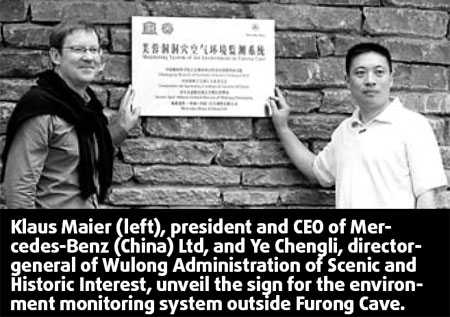
(China Daily 08/04/2008 page8)
